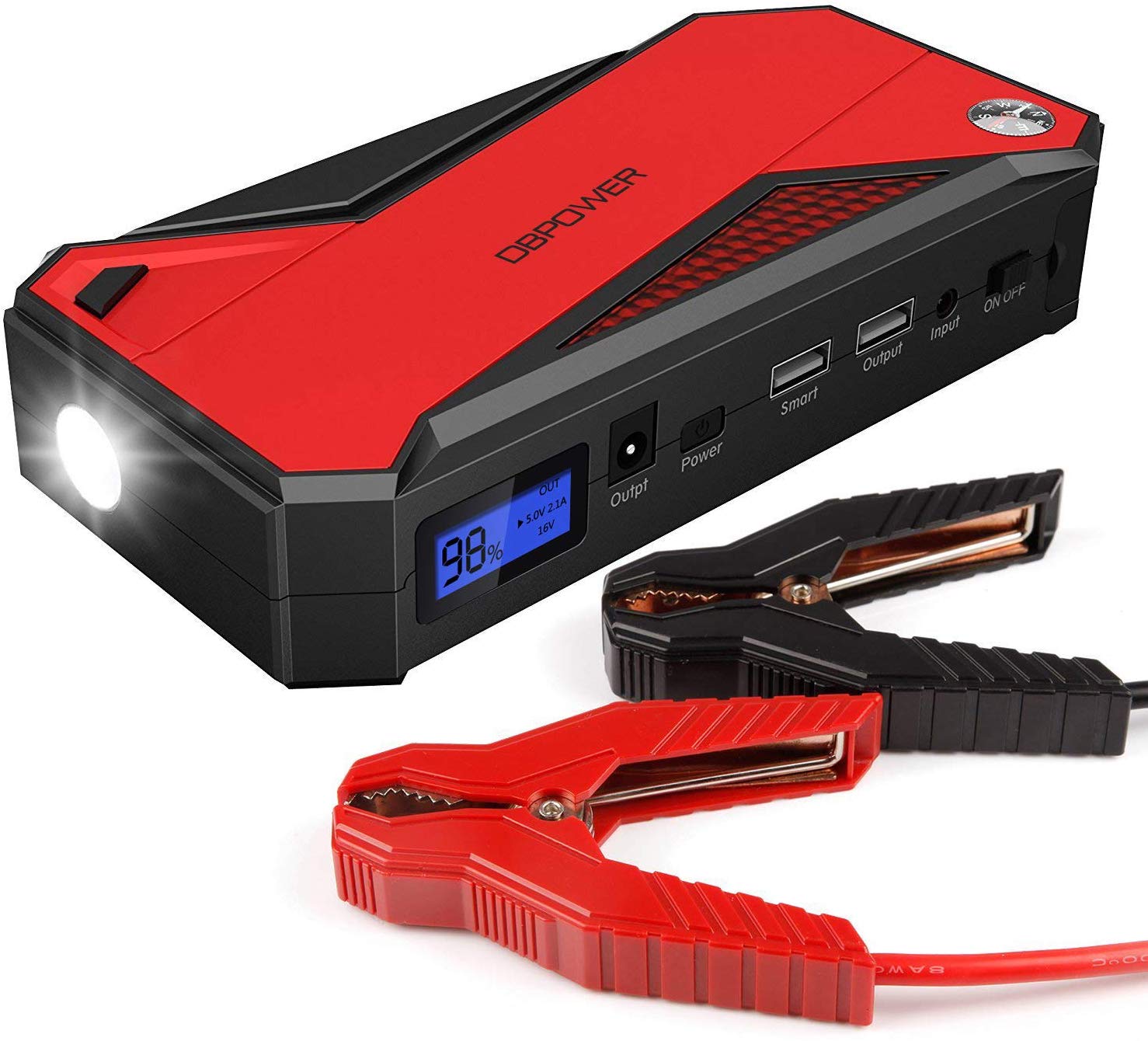Dead Battery? No Problem! Your Guide to Battery Charger Jumper Packs
Ever been stranded with a dead car battery? It's a frustrating experience, especially when you're in a hurry. Luckily, a portable power pack jump starter, often referred to as a battery jumper pack or jump starter power bank, can be a lifesaver in such situations. These compact devices have evolved significantly, from simple jump starters to multifunctional powerhouses capable of charging various devices. But with so many options available, how do you choose the right one? This guide will walk you through everything you need to know about battery charger jumper packs.
A battery jump starter pack is essentially a portable battery that stores enough power to jump-start a vehicle with a dead battery. It's a more convenient and often safer alternative to traditional jumper cables, especially if you're alone. They provide that crucial jolt of energy needed to get your engine running again, eliminating the need for another vehicle.
These portable jump starters aren't just for emergencies anymore. Many models now include additional features, such as USB ports for charging phones and laptops, built-in flashlights, and even air compressors. This added functionality makes them incredibly versatile for road trips, camping, and other outdoor adventures where reliable power is essential.
Choosing the right battery jump starter can feel overwhelming. Factors to consider include the cranking amps (the amount of power needed to start your vehicle's engine), battery capacity, available features, and overall size and portability. This guide will help you navigate these factors and choose a jump starter that meets your specific needs.
Beyond simply selecting the right device, it's crucial to understand how to use it safely and effectively. Improper use can damage your vehicle's electrical system or even cause injury. This comprehensive guide will cover best practices for using your battery booster pack, ensuring a safe and successful jump-start every time.
The origins of jump starting batteries can be traced back to the early days of automobiles. While early methods involved cumbersome hand cranks and, later, jumper cables, the concept of a portable jump starter emerged as battery technology advanced. These early portable jump starters were bulky and less powerful. Today, advancements in lithium-ion battery technology have resulted in smaller, more powerful, and feature-rich battery charger jump starter packs.
The importance of owning a battery jump starter pack is undeniable. It provides peace of mind knowing that you can handle a dead battery situation independently, without relying on roadside assistance or the kindness of strangers. This is particularly crucial in remote areas or during emergencies.
One common issue with portable jump starters is selecting the correct amperage for your vehicle. Using a jump starter with insufficient cranking amps may not start your engine, while using one with excessive amperage can potentially damage your vehicle's electrical system. It is always recommended to check your vehicle's owner's manual to determine the recommended cranking amps.
A simple example of using a battery jumper pack involves connecting the positive and negative clamps to the corresponding terminals on your car battery, turning on the jump starter, and then starting your vehicle. Once the engine is running, you can disconnect the jump starter.
Advantages and Disadvantages of Battery Charger Jumper Packs
| Advantages | Disadvantages |
|---|---|
| Portable and convenient | Requires periodic charging |
| Safe and easy to use | Can be expensive |
| Multifunctional (USB charging, flashlight, etc.) | Effectiveness decreases in extreme temperatures |
Best Practices for using a battery charger jump starter pack: Always consult your vehicle's owner's manual before using a jump starter. Ensure the jump starter is fully charged. Connect the clamps correctly (positive to positive, negative to negative). Do not touch the clamps together. Start your vehicle and let it run for a few minutes before disconnecting the jump starter.
Five examples of using a jump starter include starting a car with a dead battery, providing power for camping equipment, charging a phone in an emergency, inflating a tire using a built-in air compressor, and powering a portable work light.
FAQs: What are cranking amps? How do I charge my jump starter? How long does a jump starter hold its charge? Can I use a jump starter on a motorcycle? What safety precautions should I take when using a jump starter? What is the difference between peak amps and cranking amps? What should I look for when buying a jump starter? How do I maintain my jump starter?
Tips and Tricks: Store your jump starter in a cool, dry place. Check the charge level regularly. Read the user manual carefully before using it for the first time. Consider investing in a jump starter with additional features like a built-in flashlight or air compressor.
In conclusion, a battery charger jumper pack, or portable jump starter, is an invaluable tool for any driver. From its ability to quickly revive a dead battery to its multi-functional capabilities, a jump starter offers peace of mind and convenience. Understanding the different features, safety precautions, and best practices will ensure you get the most out of your jump starter. Invest in a quality battery charger jumper pack today, and never be stranded by a dead battery again! This portable power solution will not only save you from roadside emergencies but also provide a reliable power source for various situations. Don't wait until you're stranded – equip yourself with a battery jump starter for a worry-free driving experience.
The male leads ex wife returns chapter 51 breakdown
Decoding arkansas state government salaries
Decoding the toyota rav4 maintenance light a simple guide














